Table of content
Anhua dark tea, a post-fermented treasure from China’s Hunan Province, has captivated tea enthusiasts worldwide with its earthy aroma, robust flavor, and purported health benefits. Unlike green or oolong teas, which are prized for their delicate brewing requirements, Anhua dark tea thrives under longer steeping durations that unlock its complex layers. However, determining the ideal brewing time can be a nuanced process, influenced by factors such as tea quality, water temperature, and personal preference. This article delves into the science and tradition behind steeping Anhua dark tea, offering insights to help both novices and connoisseurs achieve a cup that balances depth and clarity.
The Essence of Anhua Dark Tea
Anhua dark tea, also known as Hei Cha, undergoes a unique fermentation process called “piling” (wo dui), where tea leaves are intentionally oxidized and aged under controlled humidity and temperature. This aging period, which can span several years, transforms the leaves into a rich, malty brew with notes of wood, moss, and even hints of dark chocolate. The tea’s resilience to prolonged steeping stems from its fermentation, which breaks down harsh tannins and mellows bitterness, making it forgiving for those new to brewing techniques.
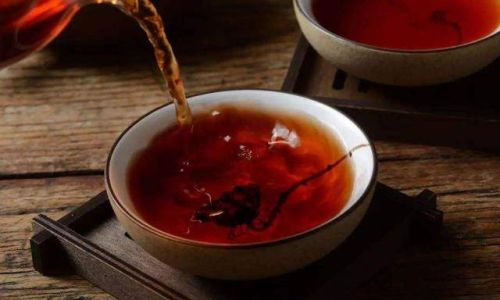
Key Factors Influencing Steeping Time
-
Tea Quality and Form:
Anhua dark tea is available in various forms, including compressed bricks, loose leaves, and granules. Compressed teas, such as the iconic Fu Brick, require longer initial steeping (3–5 minutes) to loosen the leaves and release flavor. Loose-leaf varieties, on the other hand, may need slightly shorter durations (2–3 minutes) for the first infusion. -
Water Temperature:
While some teas demand precise water temperatures (e.g., 80°C for green tea), Anhua dark tea thrives under boiling water (100°C). High heat is essential to extract the tea’s full spectrum of flavors, especially its signature earthy undertones. -
Brewing Vessel:
The choice of teapot or gaiwan affects steeping efficiency. Clay pots, particularly Yixing zisha, retain heat exceptionally well, allowing for gradual flavor extraction. In contrast, glass or porcelain vessels may require slightly adjusted times to compensate for heat loss. -
Personal Preference:
Steeping time is ultimately subjective. Some drinkers prefer a mild, amber-hued brew (2–3 minutes), while others seek a bold, inky-black liquor (5–7 minutes). Experimentation is key to discovering your ideal balance.
Step-by-Step Brewing Guide
Preparation
- Preheat the Vessel: Rinse your teapot or gaiwan with hot water to maintain temperature consistency.
- Measure the Tea: Use approximately 5 grams of tea per 150 ml of water for a standard brew. Adjust based on taste.
- First Rinse (Optional): A brief 10-second rinse with hot water helps awaken the leaves and remove any dust from storage. Discard this initial infusion.
First Infusion
- Time: 3–5 minutes for compressed bricks; 2–3 minutes for loose leaves.
- Process: Pour boiling water over the tea leaves and cover the vessel. Observe the unfolding leaves—a sign that the tea is releasing its essence.
- Result: The first steep yields a mellow, amber liquor with subtle sweetness.
Subsequent Infusions
Anhua dark tea is renowned for its longevity, often enduring 8–10 infusions. With each steep, extend the time by 1–2 minutes to coax deeper flavors:
- Second Infusion: 4–6 minutes.
- Third Infusion: 6–8 minutes.
- Fourth+ Infusions: Gradually increase time as needed, up to 10–12 minutes for late-stage brews.
Advanced Tips for Perfecting Your Brew
-
Adjust for Aging: Older Anhua dark teas (10+ years) may require shorter initial steeps due to their inherent mellowness. Conversely, younger teas benefit from longer durations to soften astringency.
-
Water Quality: Use soft, filtered water to avoid mineral interference. Hard water can dull the tea’s complexity.
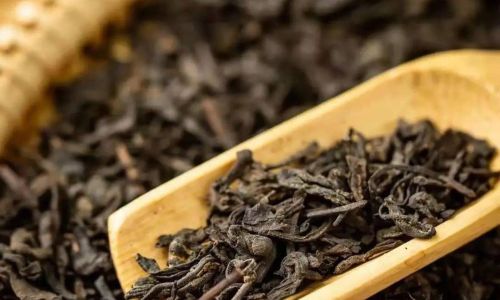
-
Break Up Compressed Teas: If brewing a brick, gently pry off chunks rather than crumbling the leaves. This ensures even steeping.
-
Decant Promptly: After steeping, pour the entire infusion into a serving pitcher to prevent over-extraction. Leaving tea in the pot risks bitterness.
Common Mistakes to Avoid
- Under-Steeping: Rushing the process results in a weak, watery brew. Anhua dark tea needs time to unfurl and release its compounds.
- Over-Steeping: While resilient, exceeding 15 minutes in a single steep can lead to a muddy, overly tannic cup.
- Ignoring Water Temperature: Using lukewarm water stifles flavor extraction. Boiling water is non-negotiable for this variety.
- Reusing Leaves Without Adjusting Time: After the first infusion, leaves are already partially saturated. Failing to extend steeping times in later brews yields lackluster results.
The Cultural Context of Anhua Dark Tea Brewing
In Anhua County, brewing dark tea is steeped in tradition. Local tea masters often use large clay pots to brew tea for gatherings, emphasizing patience and community. The extended steeping times symbolize the slow, deliberate processes of life—a philosophy reflected in the tea’s deep, grounding flavor. Modern interpretations, however, adapt these methods for convenience, using thermoses or travel mugs to maintain heat during long infusions.
Health Benefits and Steeping Time
Anhua dark tea is celebrated for its digestive properties and antioxidant content. Longer steeping times may enhance the extraction of bioactive compounds like polysaccharides and theabrownins, which are linked to metabolic and anti-inflammatory benefits. However, excessive steeping (beyond 15 minutes) can degrade delicate nutrients, highlighting the need for balance.
Conclusion: The Dance of Time and Technique
Brewing Anhua dark tea is an exercise in mindfulness—a dialogue between the tea’s history and the brewer’s intent. While guidelines suggest starting with 3–5 minutes for the first infusion, the “perfect” cup ultimately depends on your palate and the tea’s unique character. Experiment with durations, vessels, and water sources to uncover the nuances hidden within each leaf. Whether sipped alone as a meditative ritual or shared with companions, Anhua dark tea rewards patience with a brew as layered and enduring as the traditions that shaped it.
In the end, the question “How long should I steep Anhua dark tea?” invites not a rigid answer, but an invitation to explore. So boil your water, measure your leaves, and embark on a journey where time transforms the ordinary into the extraordinary—one deliberate, flavorful sip at a time.
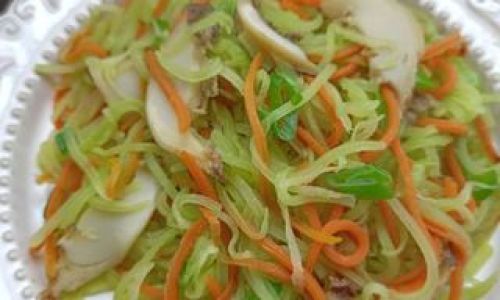
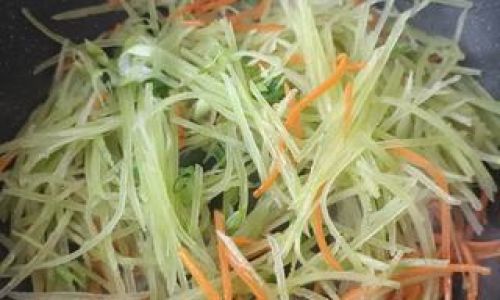
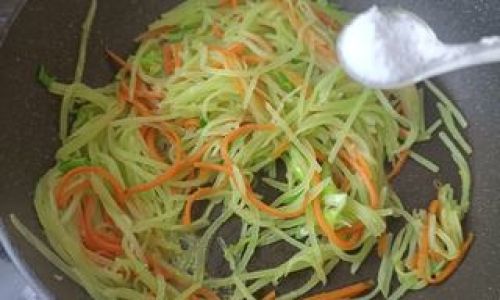
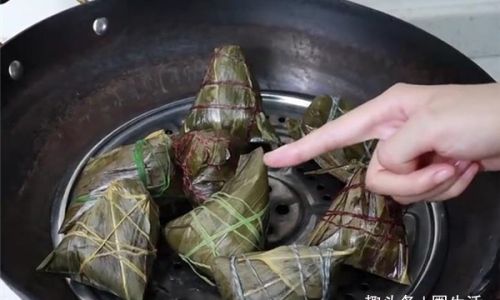
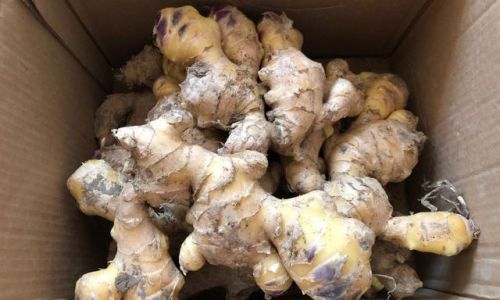
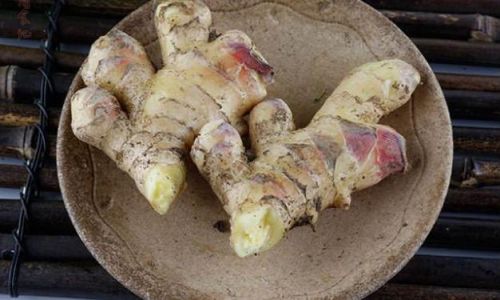
0 comments